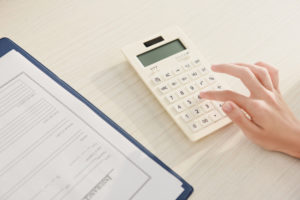Health Insurance
When a rear-end accident occurs, it is often assumed that the collision is necessarily the fault of the driver in the following vehicle. After all, the law requires that motorists keep a specific distance between their vehicles and the vehicles in front of them to prevent rear-end accidents from occurring. Therefore, this assumption isn’t without merit.
However, it has been widely estimated that less than three-quarters of all rear-end accidents are the fault of operators in follow vehicles. This means that at least 25% of the time, it is either the fault of the lead driver or another entity altogether that is to blame for rear-end crashes. And oftentimes, fault is correctly attributed to both drivers, neither driver, or a combination of those involved and third parties.
It is for these reasons that no one who has been involved in a rear-end crash should make assumptions about the relative strength or weakness of their case. Depending upon the unique circumstances at issue, it is possible that any injury victim – regardless of whether they were leading or following at the time of a crash – may be in a strong position to take legal action.
Determining Causation
As an experienced personal injury lawyer – including those who practice at Ward & Ward Law Firm – can confirm, accurately determining what caused a collision must occur before a crash victim can evaluate their rights and options under the law.
Investigating the cause(s) of a crash can take time and effort, especially because “invisible” factors may have played a role in the collision at issue. For example, the Ford Motor Company recently recalled more than one million vehicles due to a brake hose issue that causes brake fluid to leak. When brake fluid leaks, a motorist may find – often to their horror – that it takes much longer to brake in an emergency than they would have expected. In a scenario like this, discovering that a faulty auto part played a role in a rear-end crash could significantly impact determinations of fault and liability.
Determining Fault and Liability
Once the cause(s) of a wreck have been made clear, an attorney will work to determine who is at fault for the crash and what proportion of liability each at-fault party should bear for the harm that was caused.
Consider the brake hose scenario from above. Say that the lead driver was texting while driving and the follow driver was, admittedly, distracted by a screaming toddler in the backseat. Due to these factors, it is likely that a crash would have occurred even if the following vehicle’s brake fluid hadn’t been compromised. However, it is determined that the damage wouldn’t have been as extensive absent the faulty part. The lead driver is assigned 25 percent of the blame, the follow driver is assigned 15 percent of the blame, and the auto parts manufacturer is assigned the remaining 60 percent.
In this scenario, both the lead and following drivers would be well served by taking legal action in the aftermath of their collision if they sustained injuries due to the impact.

